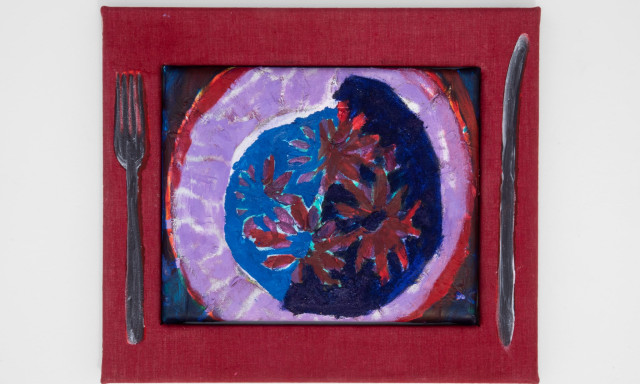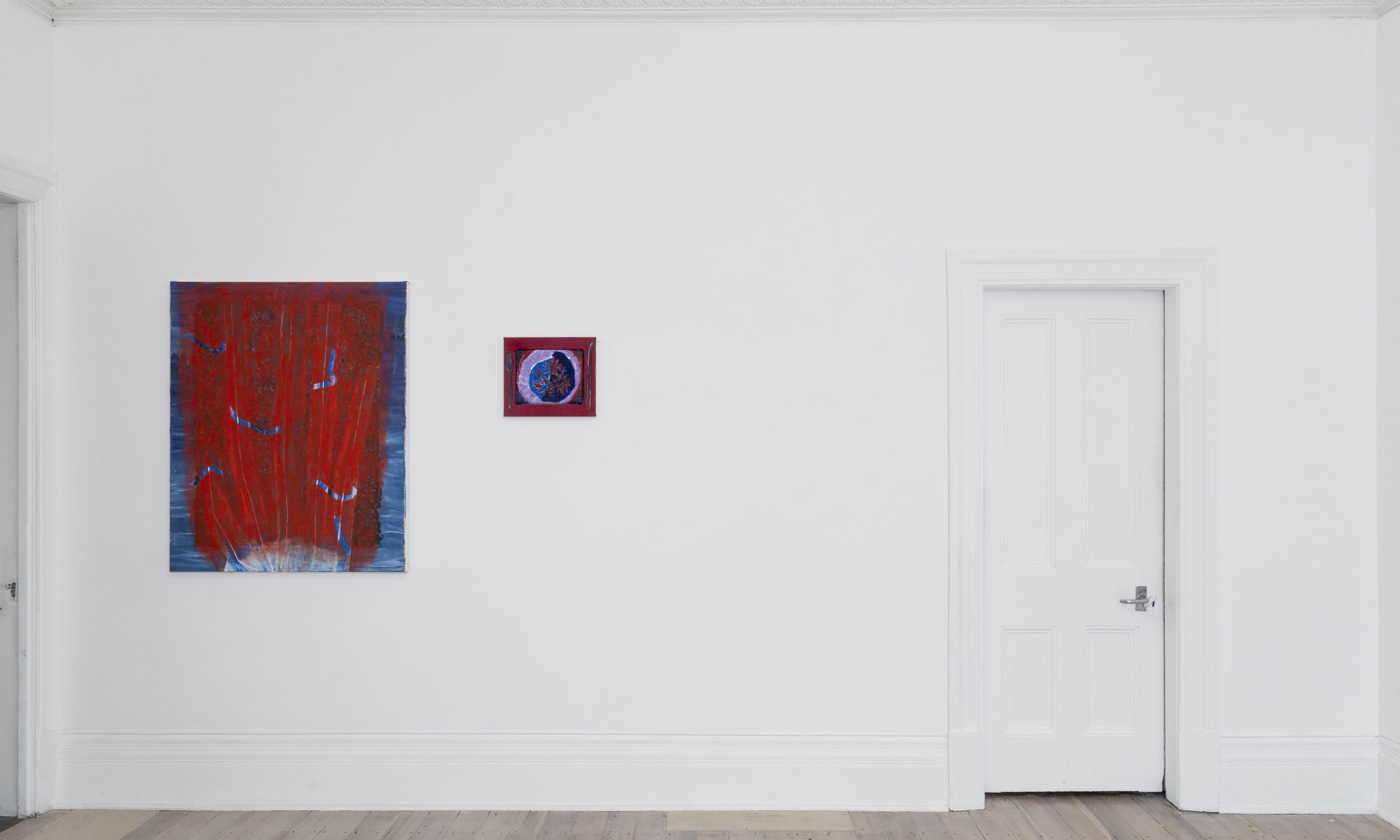About the exhibition
We are pleased to welcome Nicola Farquhar for her first solo show at McLeavey Gallery.
We are pleased to welcome Nicola Farquhar for her first solo show at McLeavey Gallery.
Nicola is an contemporary painter who lives and works in Christchurch, New Zealand.
She has Master of Fine Arts from Elam School of Fine Art. In 2024 Nicola had a major show of her work Star, Lands at the Dunedin Public Art Gallery. She has been exhibiting her work for 15 years.
Nicola's painting practice is deeply experimental, influenced by storytelling, science fiction and the interplay of colour and light. The rich painterly surfaces often evoking the natural world, chemistry, the cosmos, machinery, animals and other bodies.
Her paintings are are invitations to step into a realm of shifting perspectives and quite wonder. The work has been described as 'food for your eyeballs'. Her work is often informed by non-fiction writing, which you can read more about in the Q + A here.

Nicola Farquhar, 2025
Oil, acrylic and pastel on canvas, 1100 x 900 mm

Nicola Farquhar, 2025
Oil, acrylic on linen with wooden attachment, 600 x 600 mm

Nicola Farquhar, 2025
Oil, acrylic and pastel on linen, 650 x 550 mm

Nicola Farquhar, 2025
Oil, acrylic and pastel on linen, 500 x 500 mm

Nicola Farquhar, 2025
Oil, acrylic and pastel on linen, 700 x 700 mm

Nicola Farquhar, 2025
Oil, acrylic and pastel on linen and canvas, 500 x 450 mm

Nicola Farquhar, 2025
Oil and acrylic on linen, 350 x 300 mm

Nicola Farquhar, 2025
Oil, acrylic and sand on linen and canvas, 350 x 300 mm

Nicola Farquhar, 2025
Oil, acrylic and sand on linen and canvas, 350 x 300 mm












